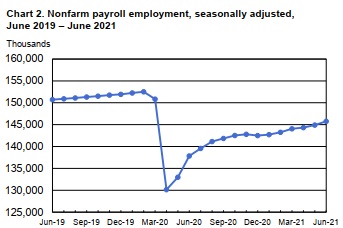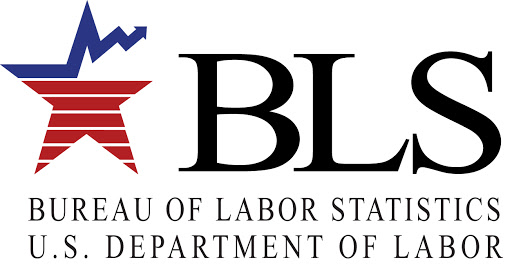The Power of Emotional Intelligence in the Doctor-Patient Relationship
“Physician leaders who are able to exhibit high degrees of emotional intelligence (EI), particularly in how they manage their own emotions and react to the emotions of others, demonstrate better clinical outcomes, greater professional satisfaction, increased empathy and improved teamwork within health care organizations.” Ted A. James, MD, MHCM, Harvard Medical School
The field of medicine not only relies on technical skills and knowledge but also on the ability to understand and connect with patients on an emotional level. Emotional Intelligence (EI) plays a crucial role in shaping the doctor-patient relationship, leading to improved outcomes and patient satisfaction. Studies over the last three decades have shown that by developing EI skills, physicians will see improvements in the following five areas:
-
Understanding Patient Needs:
Emotional intelligence enables doctors to develop a deep understanding of their patients’ emotional needs and concerns. By being attuned to patients’ non-verbal cues, facial expressions, and body language, physicians can effectively interpret their emotions and address their fears, anxieties, and doubts. Using this empathetic approach helps create a safe and trusting environment where patients feel comfortable expressing their concerns openly.
-
Enhancing Communication:
Effective communication is the cornerstone of a successful doctor-patient relationship. Emotional intelligence equips doctors with the skills to communicate clearly and compassionately. By avoiding “doctor speak,” physicians can bridge the gap between medical expertise and patient comprehension. Patients will feel more confident when making informed decisions.
-
Reducing Patient Anxiety:
The healthcare setting can be overwhelming and anxiety-inducing for patients. Alleviate patient anxiety by demonstrating warmth, compassion, and understanding. By addressing patients’ emotional well-being alongside their physical health, doctors create an environment that promotes trust, reduces stress, and enhances overall patient satisfaction.
-
Improving Patient Compliance and Outcomes:
Patients who feel emotionally supported by their healthcare providers are more likely to adhere to treatment plans and recommendations. Doctors who effectively motivate and engage patients see improved compliance with medication regimes, lifestyle modifications, and follow-up visits.
-
Advocating for Patients:
Medical professionals with strong emotional intelligence can handle challenging situations with patients, defuse tensions, and address conflicts amicably. By fostering open lines of communication, physicians can advocate between patients and other healthcare providers, facilitating better collaboration and patient-centered care.
Embracing emotional intelligence in healthcare not only leads to better patient outcomes, but also enhances the overall quality of care provided as well as job satisfaction for physicians.




